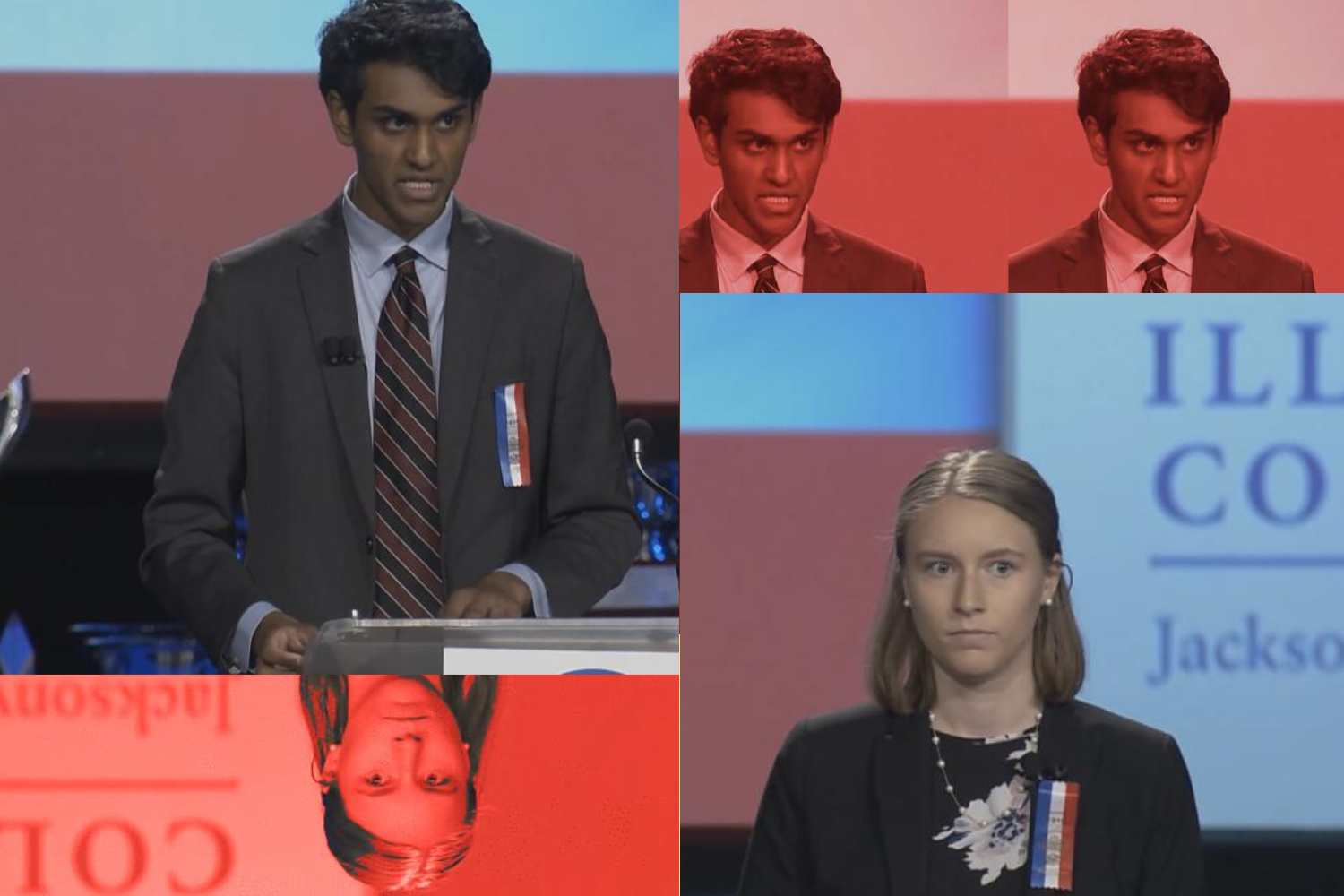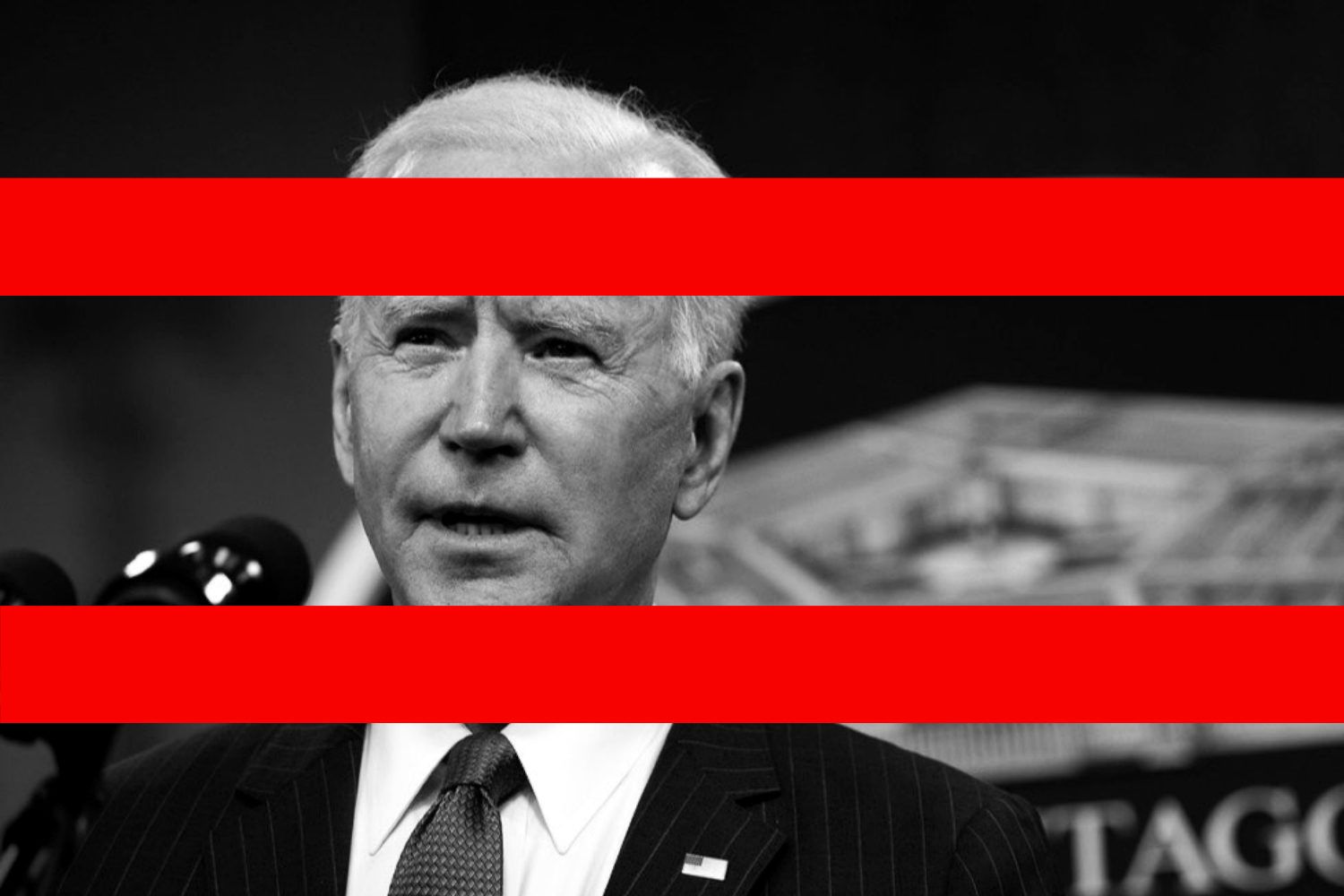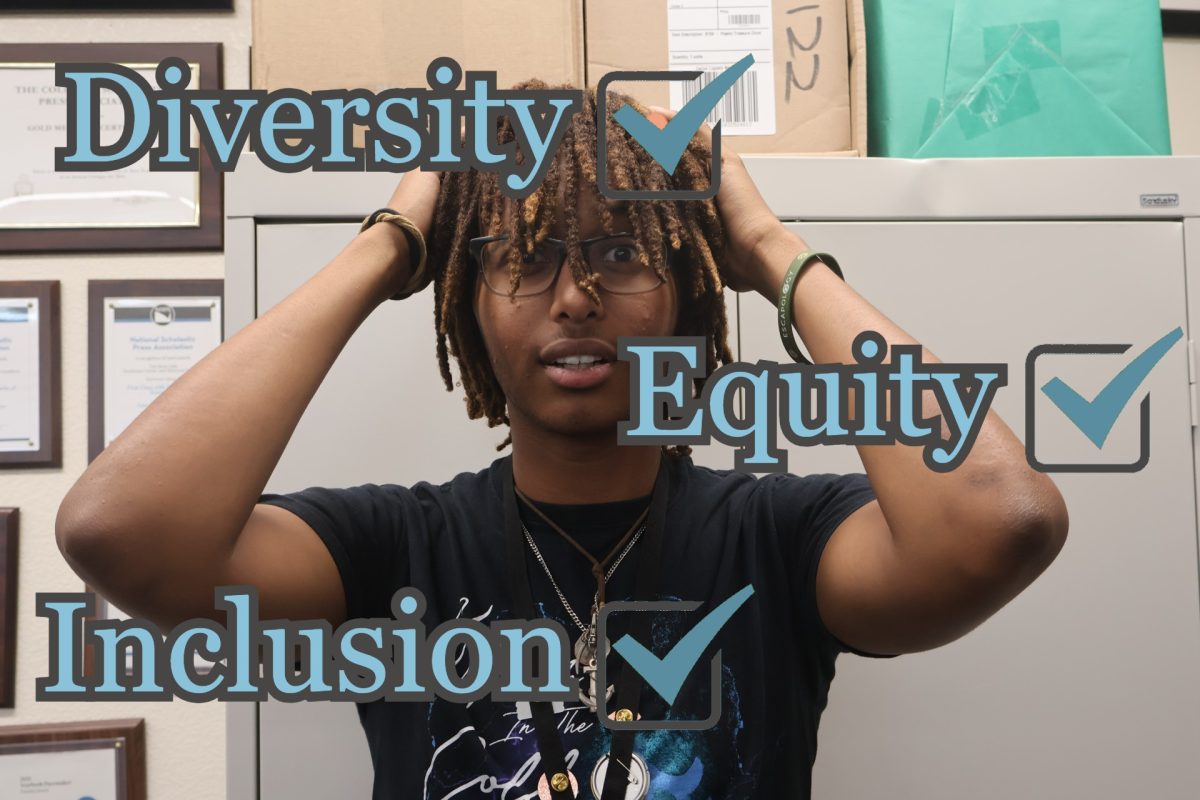In further proof that the American education system needs a fundamental overhaul, new test results from an international exam show US students lagging behind students of similar ages in other countries. Test takers’ scores have stayed stagnant since 2012, and the performance of lower–scoring students has actually gotten worse. While the debate rages on as to how policymakers can solve this issue, it’s important to note that the cause of this is the underfunding of public schools, which has significantly decreased the quality of education for students.
Funding faced substantial cuts following 2009, and the US still hasn’t fully recovered. This cutting of public education had devastating results for students, as fewer resources for teachers made it less likely for students to succeed. If policymakers are looking to boost the educational attainment of US students, increasing funding is an absolute necessity.
Perhaps no state better demonstrates the consequences of underfunding education than Nevada. We are the 44th state in the union for per-student funding, and our educational outcomes suffer as a result. We were dead last in ACT scores in the entire country this year–and were worse than average in virtually every other metric of student success. While there are some who equate increased funding to “throwing money at education,” the evidence is clear that investing in schools and teachers is the best way to raise student scores.
I’ve personally seen teachers struggle to teach classes with a lack of supplies and inefficient technology, such as computers and laptops not working and there not being a replacement for them. These things make life harder for students, because time is wasted trying to fix these ailments rather than helping them learn.
Not only should we increase funding, but we must also ensure that we empower impoverished students and school districts in the process. Right now, the “achievement gap,” or the gap in educational success between rich and poor kids, is absolutely massive. For example, students from families making more than $200,000 a year score an average of 400 points better on the SAT than students whose families make less than $20,000 a year on a 2,400 point scale. This gap is likely a result of unequal funding for education. Schools in wealthier districts tend to be better-funded, which means more resources, teachers, and tools for students to succeed.
This “achievement gap” makes it less likely for low-income students to succeed. Not only is it unjust for them to be denied success because they were born into a poor family, it reflects poorly on our country when we’re doing so poorly compared to most of our competitors. Investing in communities whose students have been given the short end of the stick on funding battles is absolutely pivotal in ensuring a fair shake for all students.
Underinvestment in schools, particular ones in low-income communities, has left America behind the curb on educational outcomes in the world. Without a well-educated populace, our economy will falter and struggle, as students fail to acquire decent-paying jobs in the labor market. It’s in the interest of all Americans to prioritize the education of students.

















![Weighing her options, senior Allyana Abao decides between going on a practice drive or calling an Uber. Though unlicensed, Abao has considered driving to be a significant milestone of teen independence despite alternatives that provide much easier solutions.
“You're able to be independent and not rely on others,” Abao said. “You're able to get a job, get things that you need, go places you need to go. I have so many places that I want to go to and I ask [my family] for so much. I want to be independent to where they know that I can do things on my own, so they know that they don't have to be there for me.”](https://southwestshadow.com/wp-content/uploads/2025/10/IMG_2922-1200x900.jpg)
![Looking at the board, former BSU secretary Christina Altaye begins to prepare for BSU’s second year of Club Feud. This year, “Are You Smarter Than a Ninth Grader?” will be replacing this event. “I think it’s a fun change [to Club Feud],” BSU Activities Director Hellen Beyene said. “[I think] it’s always fun to do something new and different.”](https://southwestshadow.com/wp-content/uploads/2025/10/Screenshot-2025-09-29-11.06.43.png)